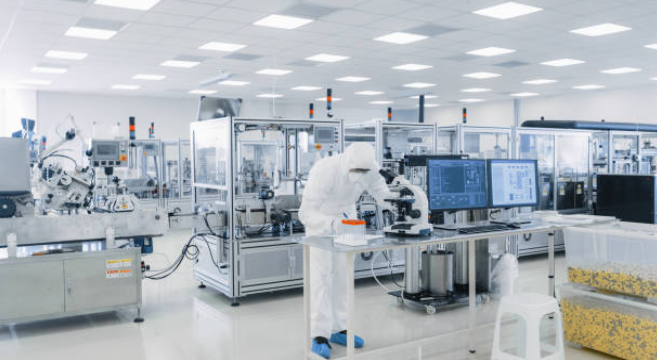The Current State of the Boston Lab Space Market
With lab space in Cambridge essentially full, life sciences and biotech firms are increasingly turning to Boston and its suburbs for what they need. Between ground-up construction projects and many conversion projects, in fact, lab space in Boston has become more available than ever. However, that hasn’t translated into drastically more affordable rents – or in the ability to quickly and easily acquire useful lab space when needed. As quarterly absorption for such space across Greater Boston has been positive for nine quarters in a row – the longest streak thus far on record – it is safe to say that this trend is nowhere near over.

Currently, the vacancy rate for lab space in Boston is 6.4 percent. Meanwhile, the vacancy rate for traditional office space is around 13 percent. Throughout the city and outlying communities, inventory of lab space and square footage has increased by 11 percent over the past year. The vast majority of that came from the conversion of 451 D Street into usable lab space. Additionally, Foundation Medicine’s deal for 600,000 square feet of such space in the Seaport will increase inventory by another 11 percent.
Without question, lab space in Boston is skyrocketing in demand due to spillover from Kendall Square and Cambridge as a whole. Ironwood Pharmaceuticals, for instance, relocated to Boston from Cambridge recently and has reportedly managed to save tens of millions of dollars on rent alone. Of course, the relative affordability of such space in various parts of Boston is certain to evaporate as more firms follow suit. At the same time, though, new construction and the conversion of old office space into new lab space could help to even things out a bit.
The most recent reports show that in total, Boston had around 5.4 million square feet of lab space inventory. There is around 120,000 square feet in the Financial District and roughly 204,000 square feet in Allston/Brighton. Charlestown offers approximately 720,000 square feet of such space while Crosstown offers roughly 580,000 square feet. At more than 2.3 million square feet of space, Fenway-Kenmore thus far offers the largest concentration of lab space in the city of Boston. However, it is widely expected that the Seaport will eventually become the second life sciences hub in the region; currently, the neighborhood has an inventory of around 1.5 million square feet of lab space.
While availability for lab space has not improved much despite the ongoing new construction and conversions, lab rents continue to be high. Indeed, in 2018, lab rents rose by 26 percent in a market that offered more than 24 million square feet of space. Meanwhile, it is expected that lab space in the Seaport will more than double over the next handful of years, which could make it the second largest lab cluster in the state of Massachusetts. Not surprisingly, rents for office and lab space in that neighborhood are already quite high.
With money pouring into the city from investors around the world, it is unlikely to see a slowdown in demand for lab space in Boston any time soon. Lately, there was an 86-percent increase in venture capital funding for U.S. life science companies, which brought it up to a total of $15.8 billion. There is a lot of money to be made in life sciences and biotech, and Boston has many qualities that make it an ideal place to headquarter such a business. These include the presence of dozens of prestigious institutes of higher learning, the rising tide of funding pouring into the region and the presence of countless research and medical facilities. Stay tuned to Boston City Properties for ongoing updates regarding the lab space situation across the region.
